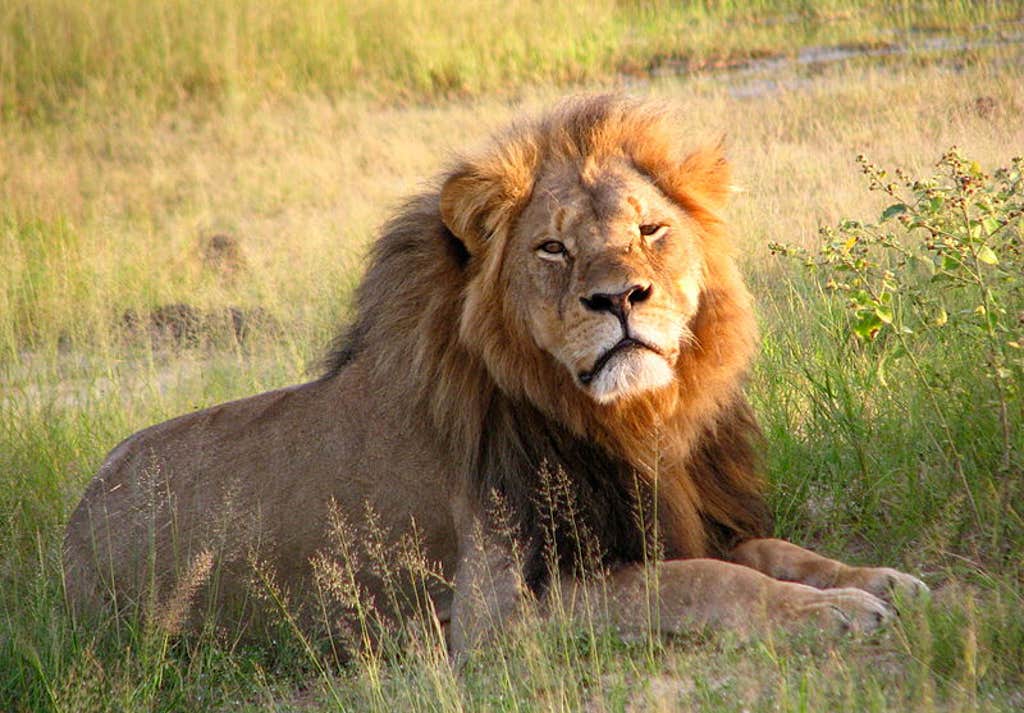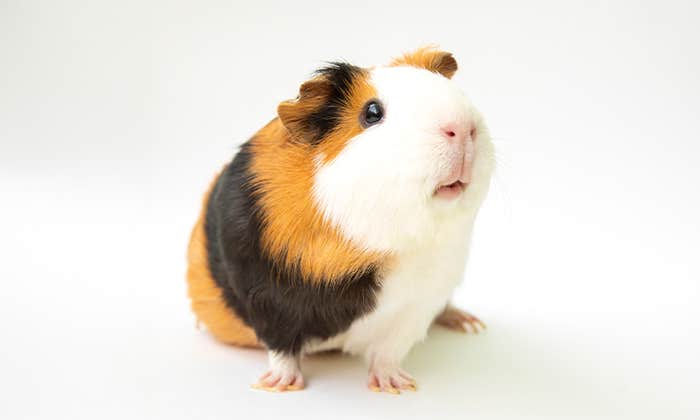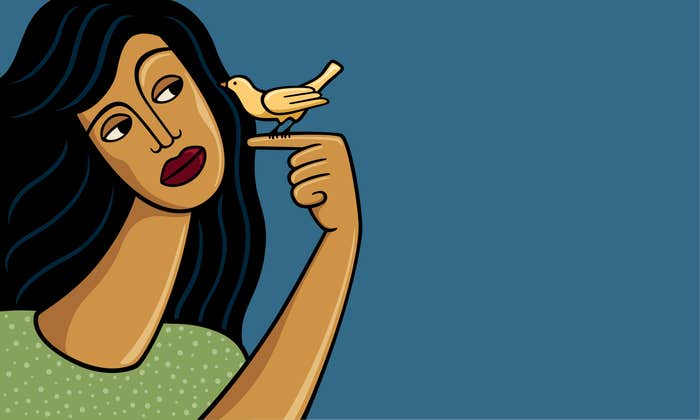Running along the outer perimeter of Hwange National Park in Zimbabwe is a railway line. From a lion’s perspective, the railway line is just a strange feature of the landscape—two lines of shiny metal whose occasional vibrations lead to a thunderous stampede of cube-shaped animals on spinning metal feet that appear and vanish, leaving behind only a faint scent of fossil fuels and human bodies. But when there are no trains around, there is nothing to fear from the steely tracks.
Cecil the lion often wandered up to the railway line and then turned back to the national park. But on other occasions, he felt his prospects of finding food and adventure might be better on the other side of the tracks. July 1, 2015, was one of those days.
There was something here, though, that Cecil couldn’t fathom. He could be legally shot by people from rich countries far away. At around 10 p.m., an American trophy hunter, Walter Palmer, wounded Cecil with an arrow. During the night that followed, Cecil no doubt suffered great pain. After the sun rose the next day, Palmer and his professional hunting guide tracked down Cecil and Palmer delivered a final arrow. Cecil met his death at around 9 a.m.
Palmer, a dentist from Minnesota, is unlikely to have guessed what impact his actions would have on the world. Three weeks later, the killing of Cecil was reported in National Geographic. The next day, several international celebrities, including Ricky Gervais, Sharon Osbourne, and Ricky Martin, tweeted about it. The day after, a diatribe by late-night TV host Jimmy Kimmel triggered an outpouring of public outrage, leading to protests outside Palmer’s dental office.
Living in the New Guinea rainforest showed me how groups bond through emotionally intense rituals.
By the end of July, less than a month after Cecil’s death, around 12,000 distinct news sources were reporting the story. One of the locations impacted by the tsunami of public concern was my hometown in England, where Oxford University’s Wildlife Conservation Research Unit (WildCRU)—a group of scientists and conservationists—was suddenly deluged by 4.4 million visitors to its website. Most of them simply wanted to know what they could do to help.
The founder of WildCRU, David Macdonald, is one of my friends and colleagues at Oxford University, where I am a professor of social anthropology and the director of the Center for the Study of Social Cohesion. Macdonald was overwhelmed by the sudden public interest. After years of trying to raise public awareness about the plight of large cats and other endangered species worldwide—Macdonald’s group had in fact been tracking Cecil since 2008—here was a sudden upsurge of popular concern.
A question for Macdonald was how to turn Cecil’s death to the advantage of WildCRU’s conservation efforts. The question from my perspective was: What was it about Cecil’s death that motivated people to want to support lion conservation? Would this commitment evolve over time?
My thinking was this. If we could understand what leads people to want to help lions survive and flourish in the wild, maybe we could understand better how to help humans help each other.
One of the greatest puzzles of human evolution is why we sacrifice valuable resources to help others. We know that many other species will cooperate when it’s in the interests of individuals to do so. For example, many animals defend their offspring because they carry their genes. Some birds flock together to better protect themselves from predators.
But humans go one step further. Under the right circumstances, they will endure great personal costs to advance the interests of complete strangers. And here, following the death of Cecil, was evidence that love of others could be extended across the species barrier, with thousands of members of the public all around the world clamoring to give time and money to help protect big cats living thousands of miles away. But why?

My long journey to understand why humans will make sacrifices for others began in my early 20s, when I went to live for two years deep in the rainforest of Papua New Guinea with a tribe whose language had never been written down, who had no electricity and no running water, but who had a very rich culture and seemingly unbounded love of their fellow human beings.
The meager amounts of money they earned from selling cash crops at markets many miles from their gardens were not enough to live on. People met their subsistence needs mainly by foraging in the forest and raising crops in their gardens. What little money they had was donated into a collective fund to pay for such things as medicines for the community, especially to treat malaria, which was widespread in the region and claimed the lives of many. But when my fellow tribesmen heard the news of a cyclone striking Queensland, Australia, they were determined to give away most of the money they had collected over the years to provide them with assistance, even though the Australians affected by the natural disaster were mostly well-insured and supported by skilled emergency services and government aid. Again, the question was: Why?
I emerged from my fieldwork convinced that the answer lay in strong forms of social cohesion. In its very strongest expressions, this social cohesion was rooted in the intuition that we all share something very precious—a collective inheritance of sorts. In some cases, this shared inheritance was understood in terms of our bodies, commonly conceptualized in New Guinea in terms of ancestral bones. My fellow Englishmen called it shared blood. Enlightened by science, most of us around the world believe this mysterious stuff is present in our genes. But whatever surface concepts we happen to use, psychologically it is the essence of kinship.
There is also another kind of inheritance that creates intense cohesion in human groups—and that is the sharing of life experiences that are essential not to our bodies but to our sense of self. Psychologists refer to the traces of these experiences in our brains as “episodic memories.” They are the events we collect and recollect later as life-changing and self-defining. When we share such experiences with others, we become strongly bonded to them.
After living in the New Guinea rainforest, I became convinced that both pathways to group-bonding could be created through emotionally intense rituals and ideas about shared ancestry. However, it was just a theory that needed to be tested. To do that, I needed a way of measuring cohesion, that seemingly elusive mental and emotional state that made us willing to sacrifice for the good of the group. Then—to my delight—such a measure was created by a team of psychologists from Texas and Madrid. They called it “identity fusion.”
Identity fusion is a very strong form of social cohesion capable of motivating extreme forms of self-sacrifice and pro-group action. It was measured by showing people pairs of circles, with varying degrees of overlap. Participants in these studies were told the small circle in each pair represented you and the big circle represented your group. These pairs of circles were placed in a sequence. The first pair showed the little circle (you) and the big circle (your group) as separate. The next pair showed the two circles slightly overlapping. In the next pair, the circles overlapped a bit more. And so on, until the last pair on the right showed the little circle entirely enclosed by the big circle. Participants were then asked which pair of circles best characterized their relationship to the group. Those who chose the one on the right (little circle entirely enclosed by the big circle) were said to be “fused” with the group.
Over the next decade, I collaborated with the scientists who designed the fusion measure, and we discovered that highly fused individuals were willing to make great sacrifices for the group—even to fight and die for each other. Testing this theory took me into the heart of Libya’s revolutionary battalions in 2011. It also led me to run surveys with passionately loyal supporters of groups all around the world, including convicted terrorists, religious fundamentalists, football hooligans, and war veterans. What we have learned about the causes and consequences of fusion has allowed us to develop research that could help identify would-be violent extremists and perhaps even predict which of the world’s most authoritarian leaders will be next to use violence against their neighbors.
If lions had a say in it, they would probably favor conservation that didn’t allow killing members of their prides.
But fusion does not need to be a deadly force in human affairs. I asked Macdonald if I could run a longitudinal study with a sample of the many thousands of people wishing to make donations to WildCRU. He agreed. And so we designed and ran a survey with a sample of those donors. One of our goals was to measure how “fused” they were with Cecil, and how this impacted willingness to donate money to lion conservation. In line with many other studies we had conducted over the years and around the world, we found that shared, personally transformative memories of learning about the killing of Cecil lay at root of feelings of fusion and prosocial action (in the form of donations). But one aspect of our theory that we hadn’t tested before was that reflecting on such memories would enrich their significance and contribute to fusion over time.
To find out whether reflection on Cecil’s death was indeed driving fusion among his supporters, we continued to collect data. Our hypothesis was that the negative emotions triggered by Cecil’s death would generate fusion with Cecil himself and, in turn, with supporters of lion conservation working for WildCRU. Our data confirmed this. What’s more, fusion to WildCRU increased over the months following Cecil’s demise among those who reflected on the lion’s death, and who incorporated the event as central to their own life histories.
Cecil’s death was reported in at least 127 different languages across countries both rich and poor. Clearly, the story triggered something meaningful and enduring for many people around the world. And given that the lion’s suffering created fusion across the species barrier, it also raised another intriguing possibility that most group-centered movements do not. It made us wonder whether we could fuse not only with a particular nation, religion, ethnic group, or other imagined community but potentially with something greater still—perhaps, with humanity at large.
In a spate of recent studies, we have shown that appreciating how we are all descended from common ancestors or that certain core experiences are shared by everyone, can move us to act on global problems. For example, our research has demonstrated that perceptions of shared experiences of motherhood are associated with higher levels of fusion with other mothers all around the world, reflected also in willingness to donate money to them.
If humans and lions could unite, what would be their collective goal? I don’t think it would be simply to abolish trophy hunting. Sadly, it is not only rich tourists who benefit from it. In fact, some argue that the revenue from sustainable trophy hunting may contribute both to lion conservation and to the impoverished communities in the regions of Africa where lions are hunted. However, if lions had a say in it, they would probably be in favor of conservation efforts that were funded by some mechanism other than the killing of members of their prides. Poorer communities in the vicinity of Hwange National Park (and others like it) would probably also welcome alternatives to trophy hunting to secure an adequate income and manage the risks of lion attacks.
In 2015, Cecil’s killing galvanized lawmakers in Europe and the United States to revive dormant wildlife laws and propose new bills to prevent citizens from importing lion and other wildlife trophies. A 2017 study that analyzed the impact of Cecil’s death on policy found the initial outrage didn’t drive most of the new bills into law. But a ban on the importation of lion trophies was announced in the Netherlands and France. Two states in the U.S., New Jersey and Hawaii, adopted laws that prohibited the importation, sale, and trade of lion (and 10 other species) trophies. More than 40 airlines introduced new restrictions on the transportation of wildlife trophies.
The way we manage lion conservation today will lay foundations that our children and cubs alike will inherit for generations to come. The challenges involved in nature conservation—like many other global cooperation problems—fall to humans to resolve. The question is whether we can harness the fusion created by the death of Cecil and other forms of shared experience to establish more effective and enduring methods of managing our collective inheritance. ![]()
Lead image by Tasnuva Elahi; with images by stockvit and Jaenya / Shutterstock




























